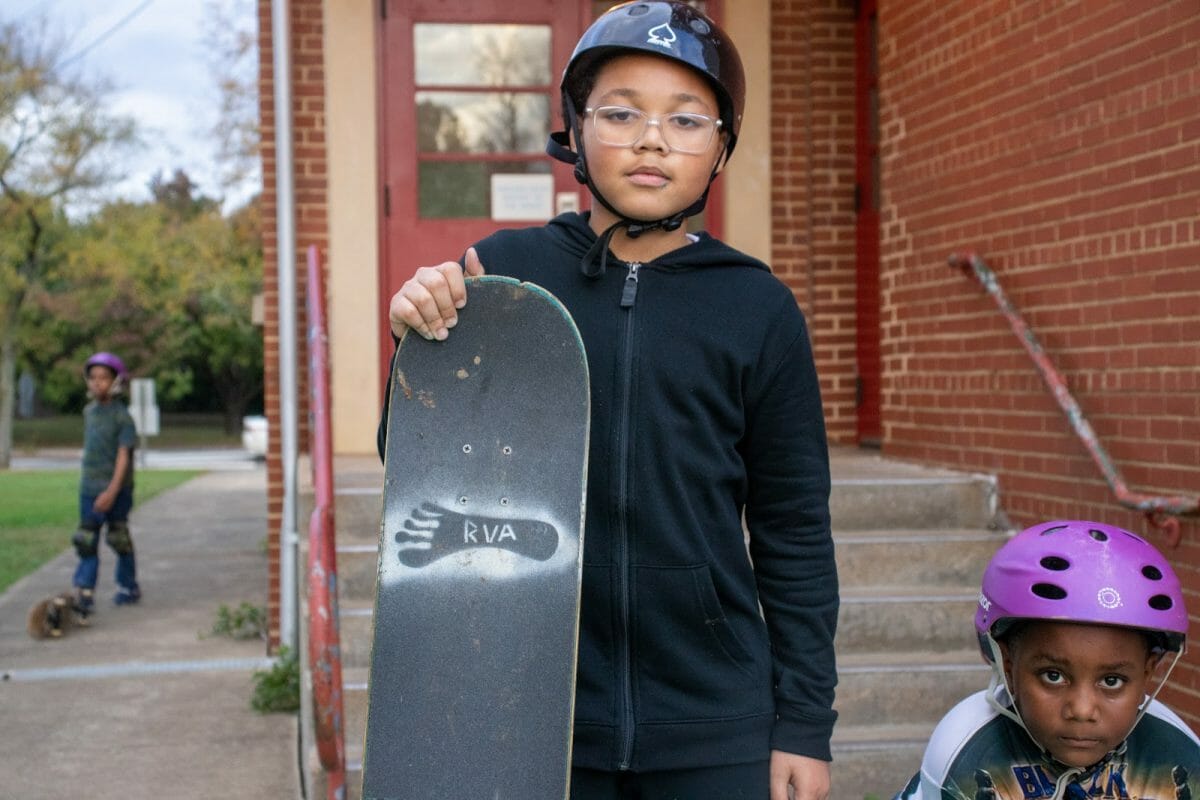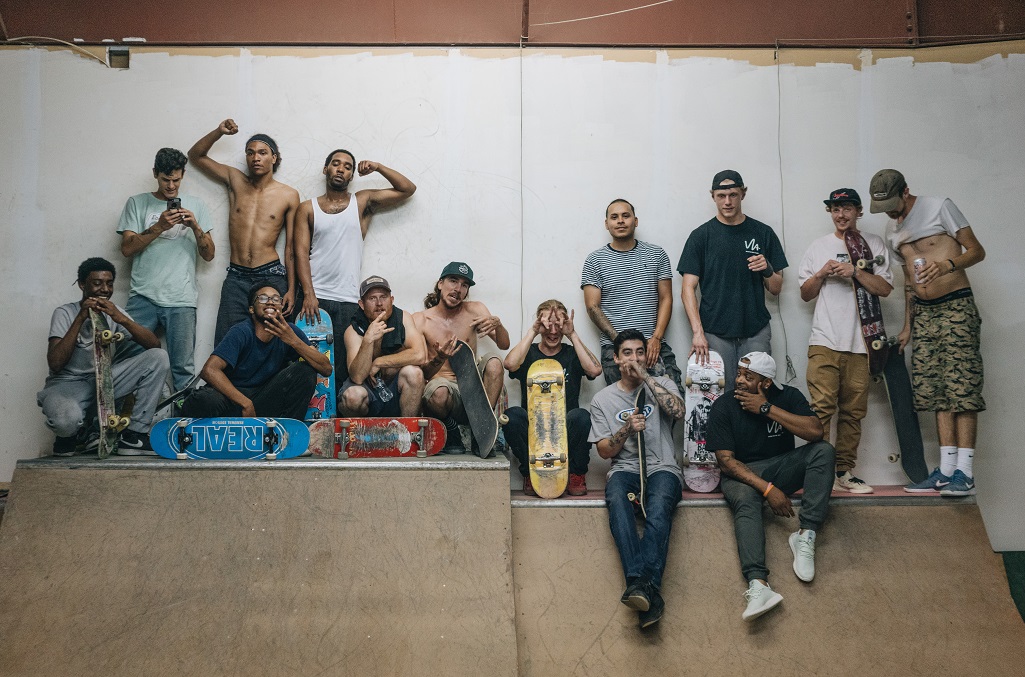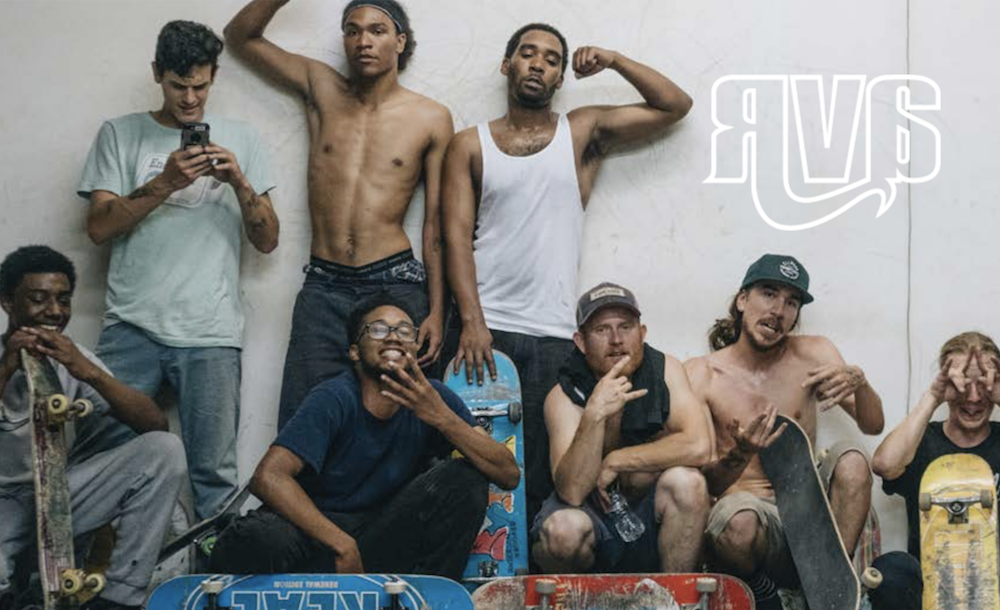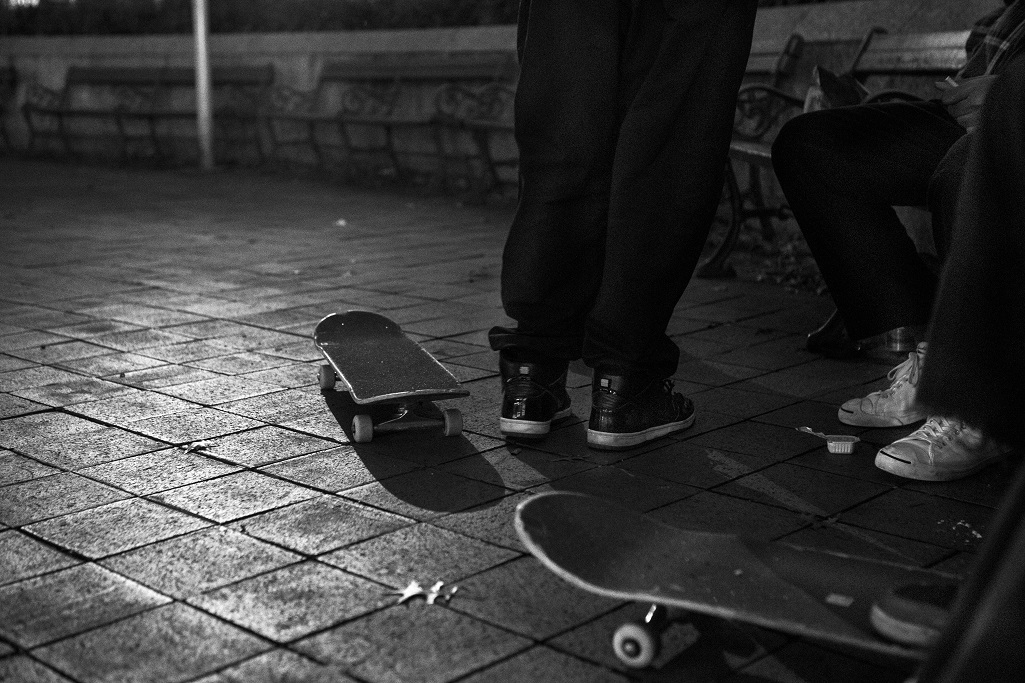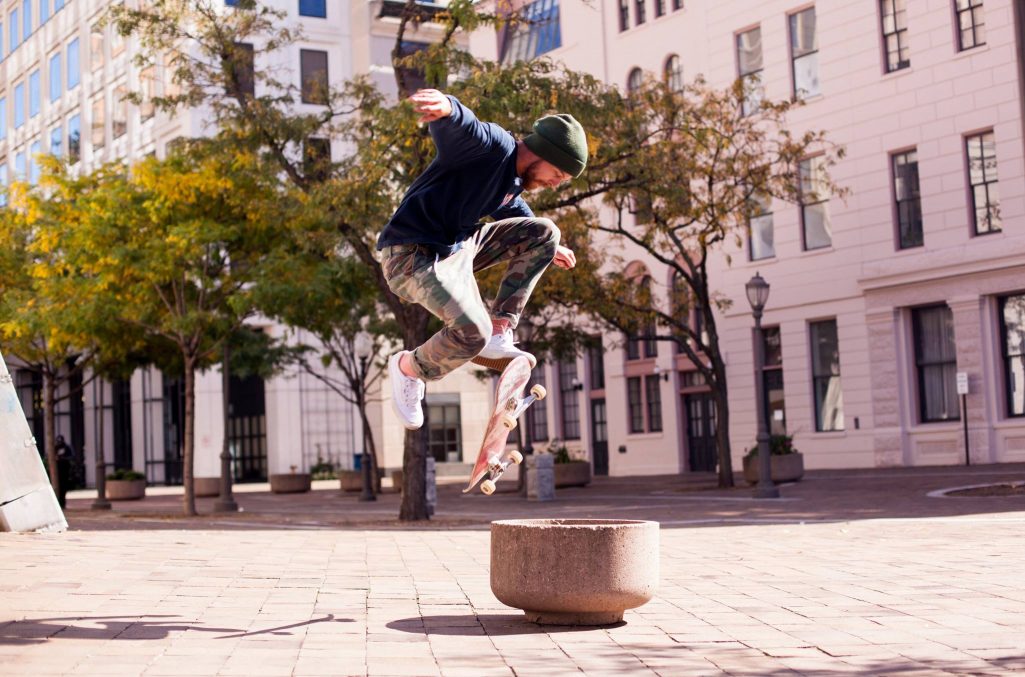With RVA SK8 Club, the Richmond Area Skateboarding Alliance is passing on their knowledge to the skateboard-loving youth of Richmond's elementary schools. Skateboarding isn’t the most conventional sport — within skate culture, plenty don’t acknowledge it as a sport at...
